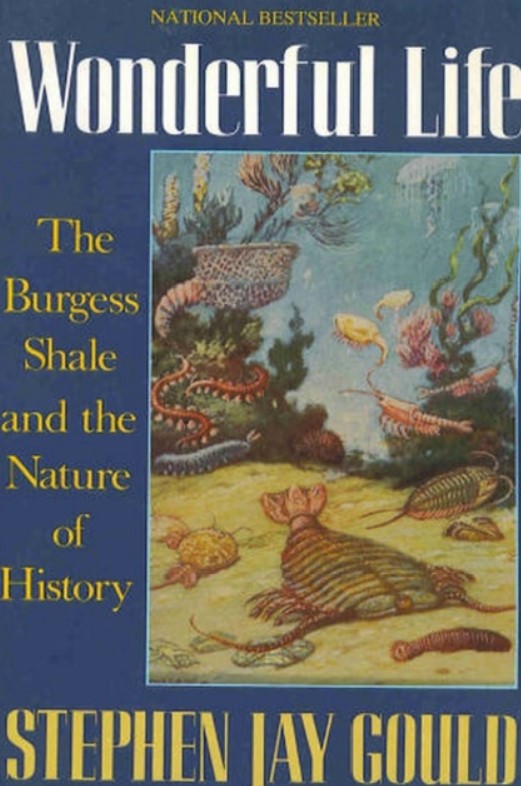


All of the Burgess animals, Gould argues, were exquisitely adapted to their environment, and there exists little evidence that the survivors were any better adapted than their extinct contemporaries. However most of these phyla left no modern descendants. Gould argues that during this period just after the Cambrian explosion there was a greater disparity of anatomical body plans ( phyla) than exist today.

He based his argument on the extraordinarily well preserved fossils of the Burgess Shale, a rich fossil-bearing deposit in Canada's Rocky Mountains, dating 505 million years ago. Gould's thesis in Wonderful Life was that contingency plays a major role in the evolutionary history of life. Charles Doolittle Walcott (1850-1927), who discovered the Burgess Shale, with his children Sidney Stevens Walcott (1892-1977), and Helen Breese Walcott (1894-1965).


 0 kommentar(er)
0 kommentar(er)
